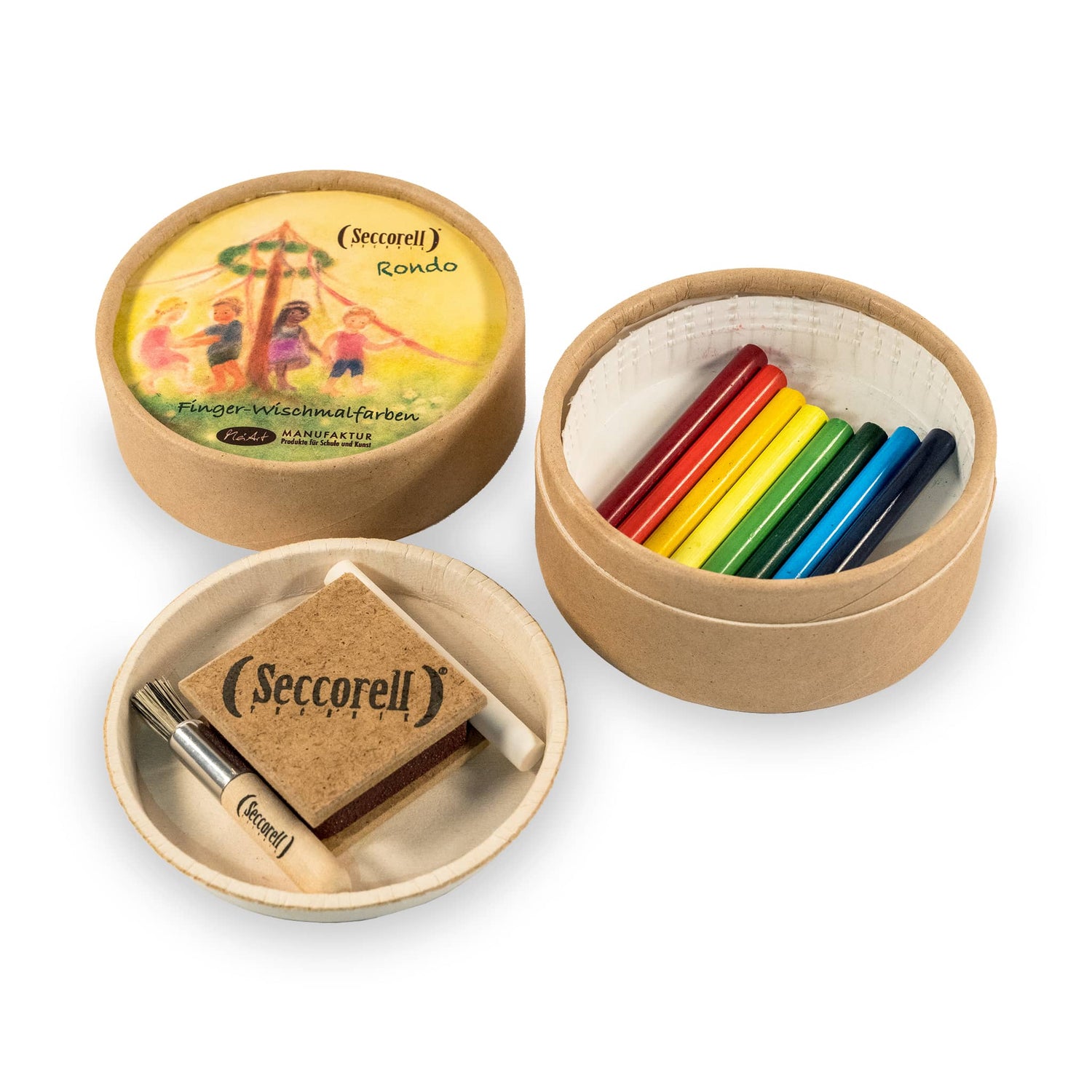Short introduction
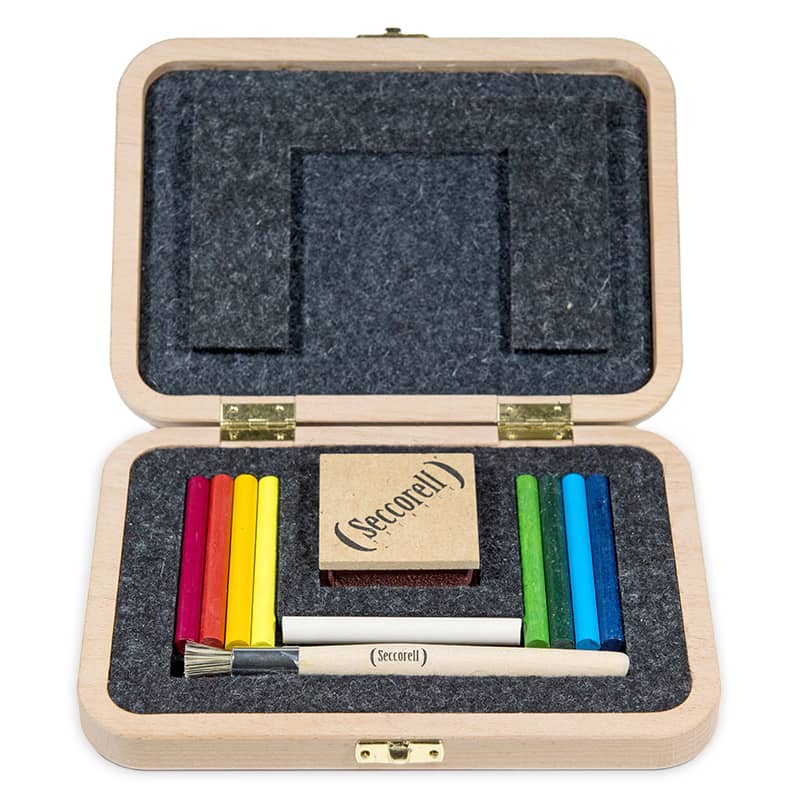
The basic painting boxes
Mini, Scola, Rondo, Pocket, Liliput, felt roller bag and basic wooden coloring box each contain 8 color sticks, a rubbing tool, an eraser and a cleaning brush.
With these utensils and your own fingers, you can create pictures, texts and much more.
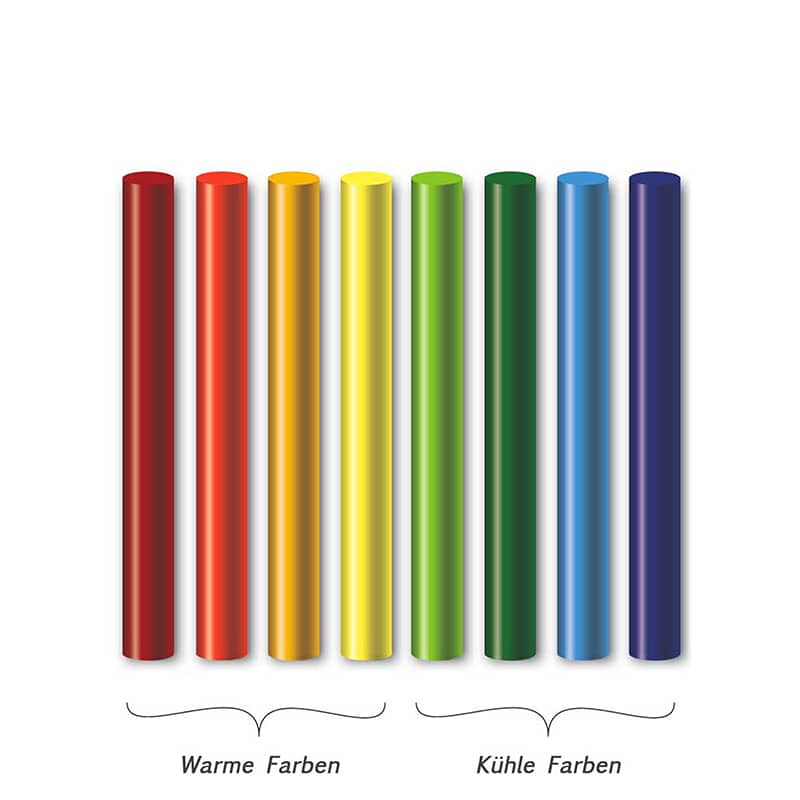
The color sticks
consist of bound mineral pigment. The Seccorell powder is obtained from them using the grating block. Seccorell is economical, lightfast and harmless to health.
NOTE: Seccorell is also available in other sizes and designs, e.g. as a large metal box and large wooden box with 24 different colors.
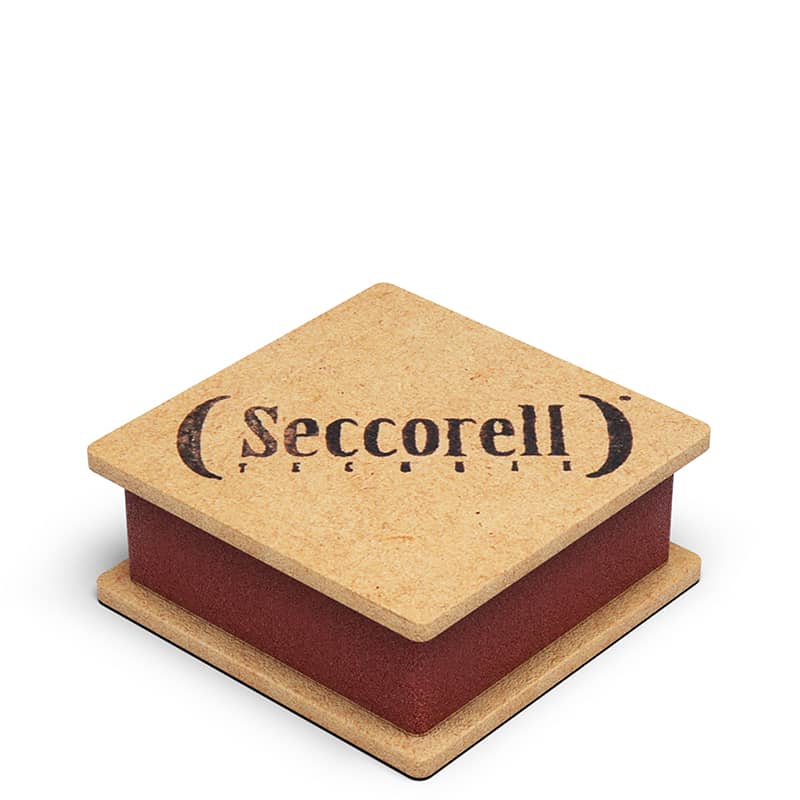
On the grating block
the pigment is rubbed over the painting surface in the desired quantity. Each side of the rubbing block remains assigned to a specific color tone.
TIP: Before using for the first time, you can mark the four sides on the edges of the wood in color so as not to mix up the rubbing surfaces; this way, the powder and the already designed colored surfaces remain pure and bright!
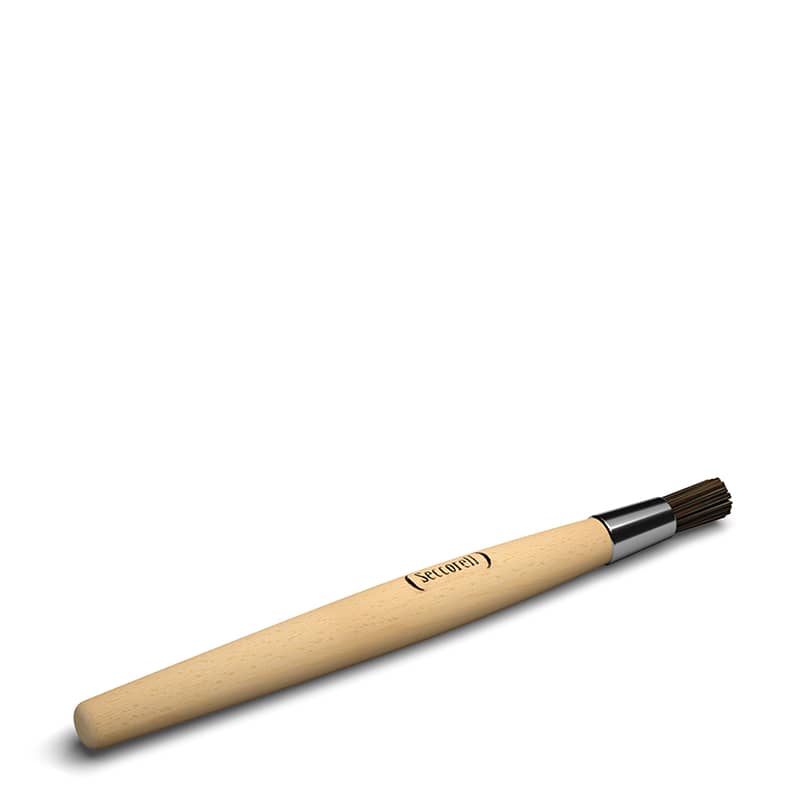
The brush
is used to brush off the pigment still adhering to the rubbing block directly after rubbing the paint stick.
This process is important, as otherwise the pigment could fall off later in an undesired place due to slight vibrations and change the image.
IMPORTANT: The brush is exclusively a cleaning tool and NOT a painting brush!
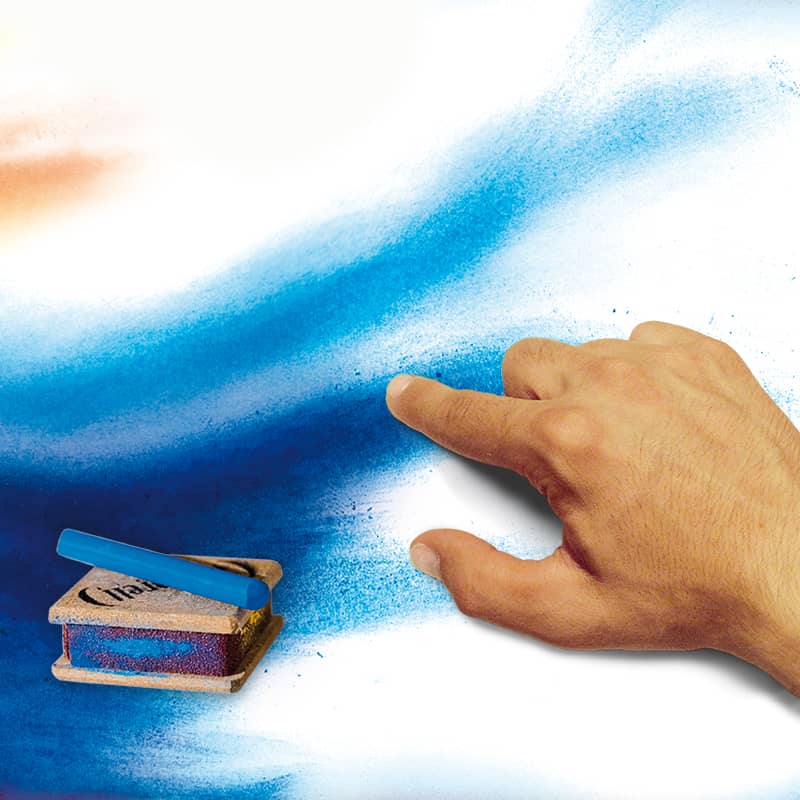
With your fingers
or the ball of the hand, the pigment is worked into the painting surface in fine circular or wiping movements. Smudging or dabbing with a cotton pad, handkerchief or similar is also possible.
TIP: For "sky", for example, smudge the powder in a circular motion, for "meadow" perhaps in an up and down motion and so on - this creates characteristic structures while painting.
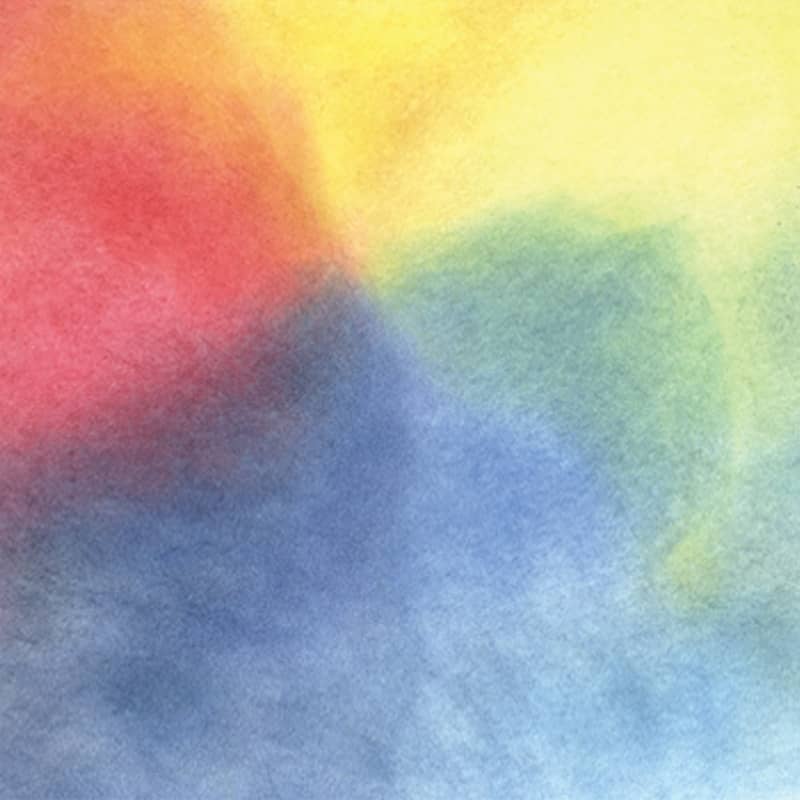
With the basic colors
Red, yellow and blue can be mixed in many ways: e.g. all the colors of the rainbow (Goethe's color wheel) as well as brown and grey. (Green is added to the Seccorell basic color boxes for finer nuances).
NOTE: A color mixing card (DIN A 5) is available from us.
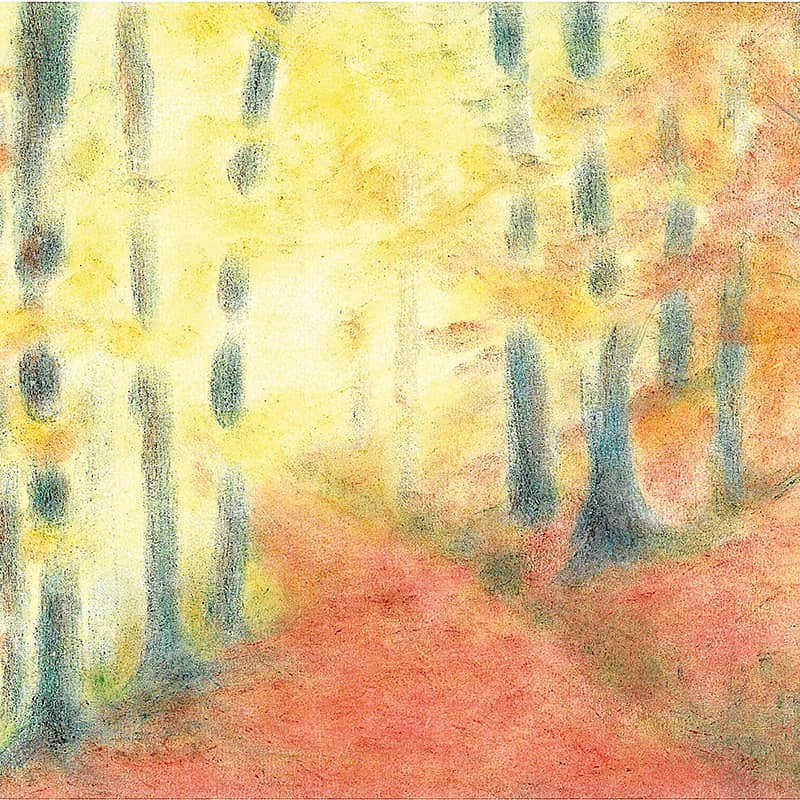
Mixing
The colors are applied directly to the painting surface, either in the sense of a layering technique (i.e. color layer on color layer so that the layer underneath can show through) or already in the powder stage to create new color nuances.
Tip: Here the picture has been built up from light to dark. When layering, each color should be worked in well so that the shapes do not blur.
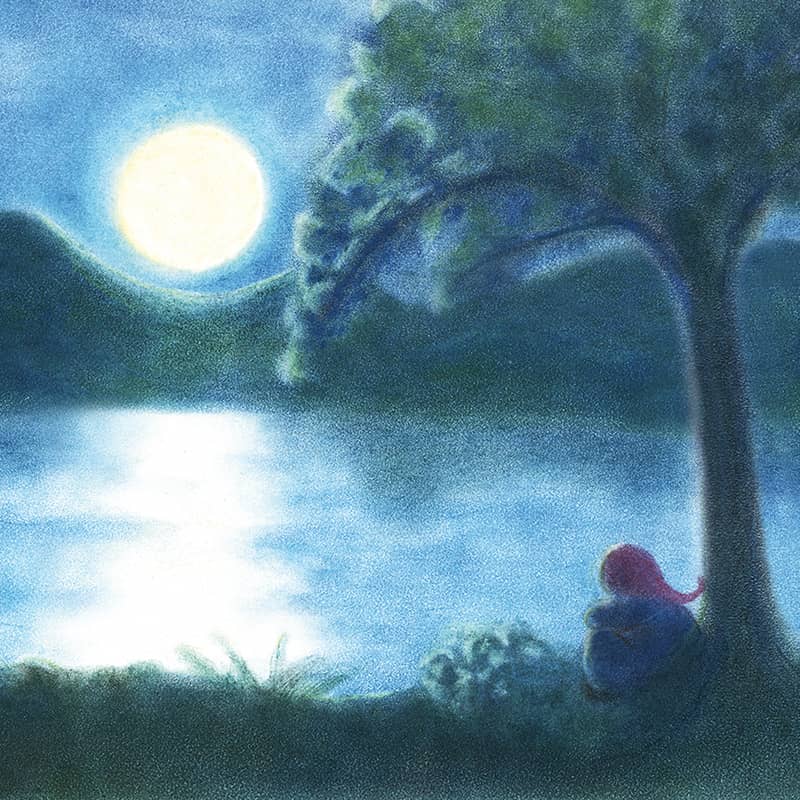
The result
are watercolor/pastel-like works. The intensity can be varied from the softest hint of color to a full tone - depending on the structure of the painting surface. It is possible to continue painting at a later stage if the pigment has not already been polished to a glossy finish (the painting surface is then saturated).
TIP: The light effects were erased and the dwarf was placed in the picture with the help of a self-cut template
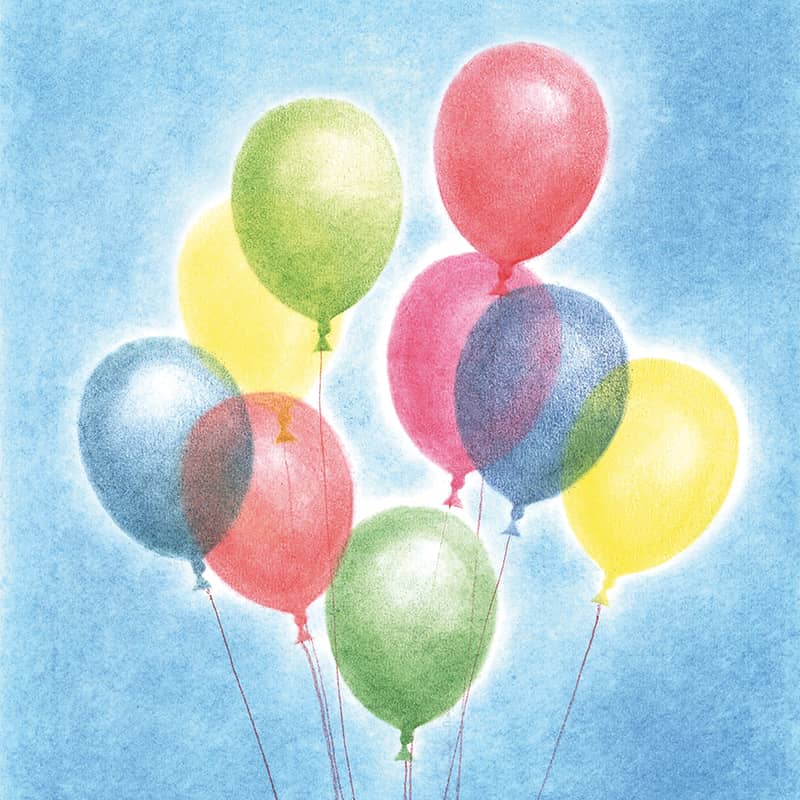
For contours
the paint sticks can be used like pencils. As shown here, an eraser, or even better an eraser lead holder, can also be used to great effect.
TIP: Magic pictures! Draw or write with white crayon with a little force on a light-colored paper, then paint over it with Seccorell; also works by pre-engraving with an object (e.g. knitting needle or closed ballpoint pen).
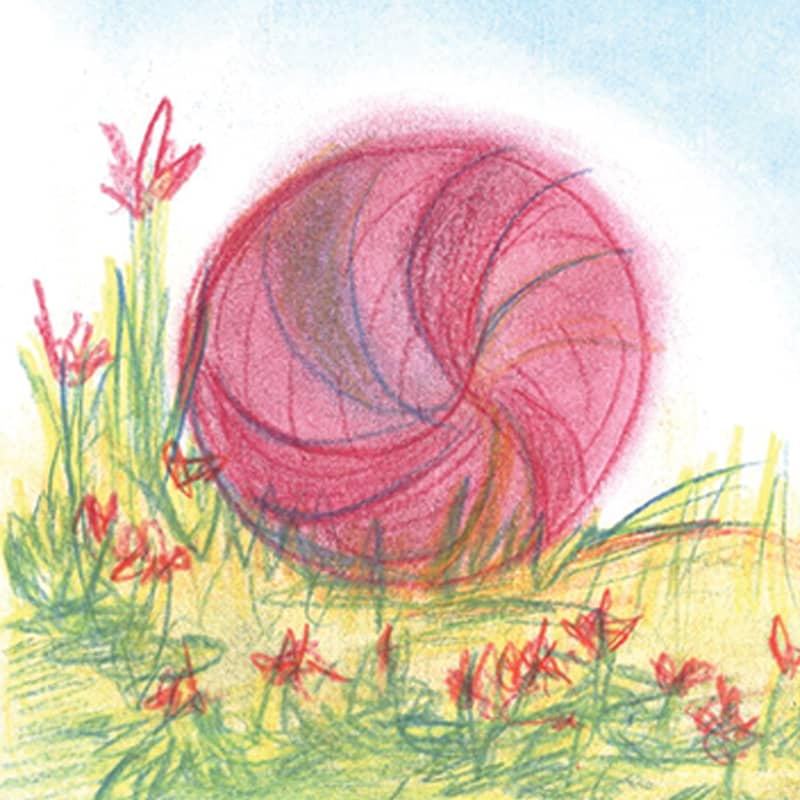
Other techniques
can be wonderfully combined with Seccorell! (Here a colored pencil picture was "colored" with Seccorell).
TIP: Example of a very beautiful and at the same time easy to achieve effect: paint a sunset or sunrise with Seccorell, work it in well and smudge-proof and finally conjure up a skyline or nature (grasses, flowers, trees) in the picture, e.g. with black colored paper, felt-tip pen, acrylic paint or warm wax crayon...!
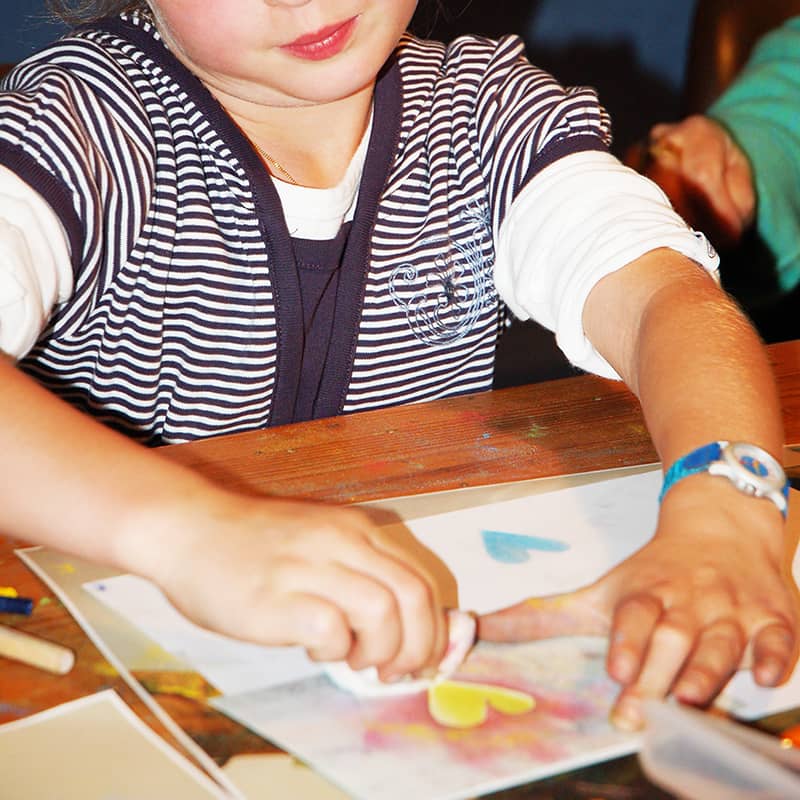
Completely without fixing spray
is what the Seccorell technique requires: By massaging in the individual areas of color, the picture becomes smudge-proof like a crayon picture. (Check with a clean finger!)
TIP: By polishing with a absorbent cotton pad or similar, you can give Seccorell pictures an even more refined shine and even greater smudge resistance (however, this does not replace the previous working in with your fingers)!
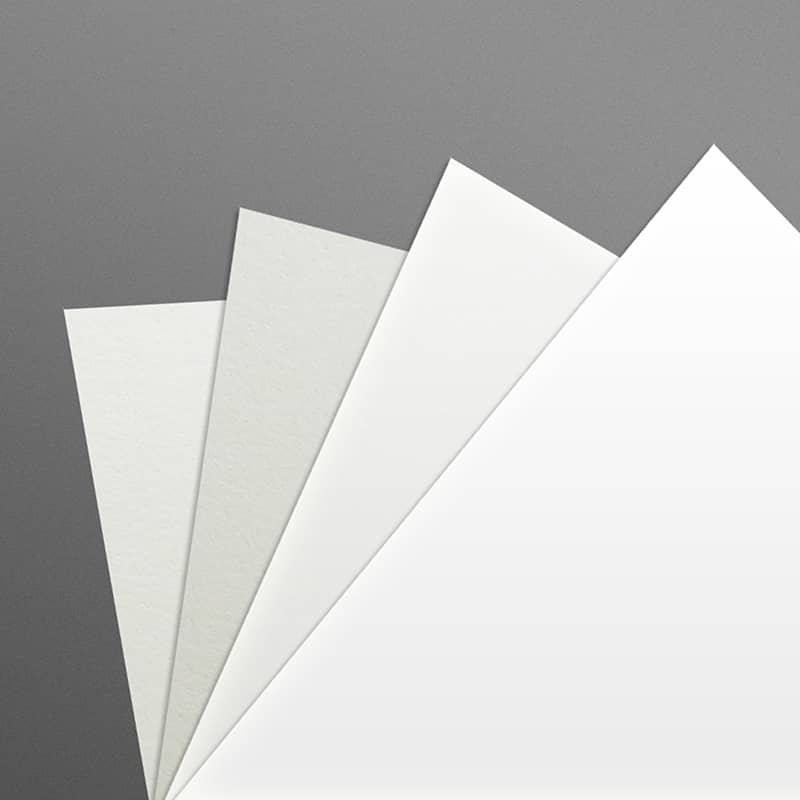
To the coloring paper
is not a particular requirement. However, it must not be smooth like varnish. On fine-pored papers, the color areas tend to be smooth and glossy, on coarse papers they are very intense but matt.
Rule of thumb: Any paper that can be painted with colored pencils can be designed with Seccorell. The only exception known to us so far is kite paper or very smooth tracing paper.
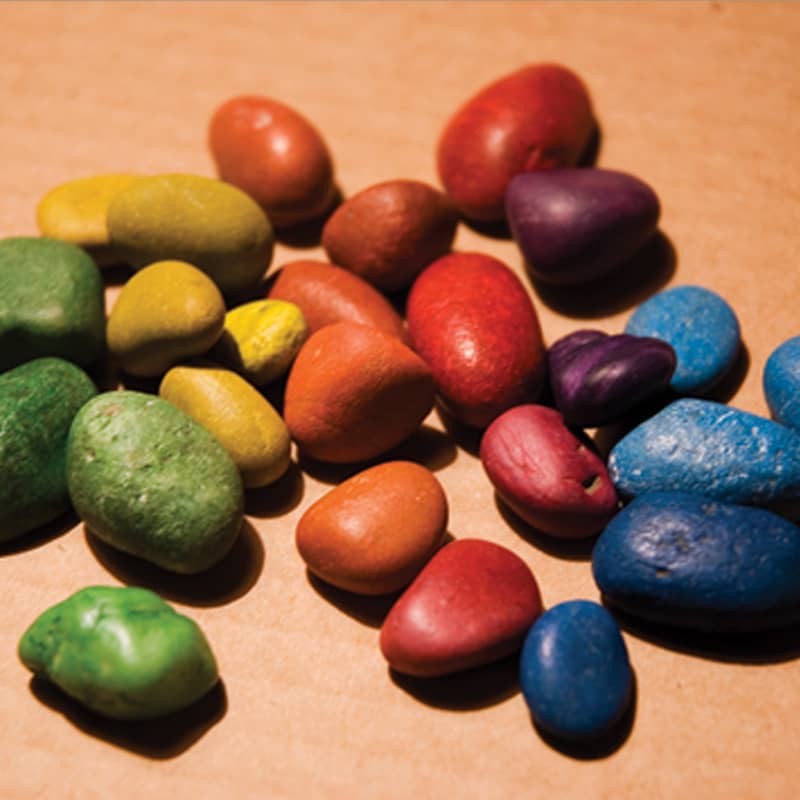
Other materials
are also well suited for the Seccorell technique: sanded, untreated wood, plaster, eggs (previously rubbed with vinegar essence), clay, stone, shells, canvas, light-colored feathers,...
TIP: Stones should have a relatively fine surface structure so that the color is shiny and velvety soft. Pebbles are very suitable.
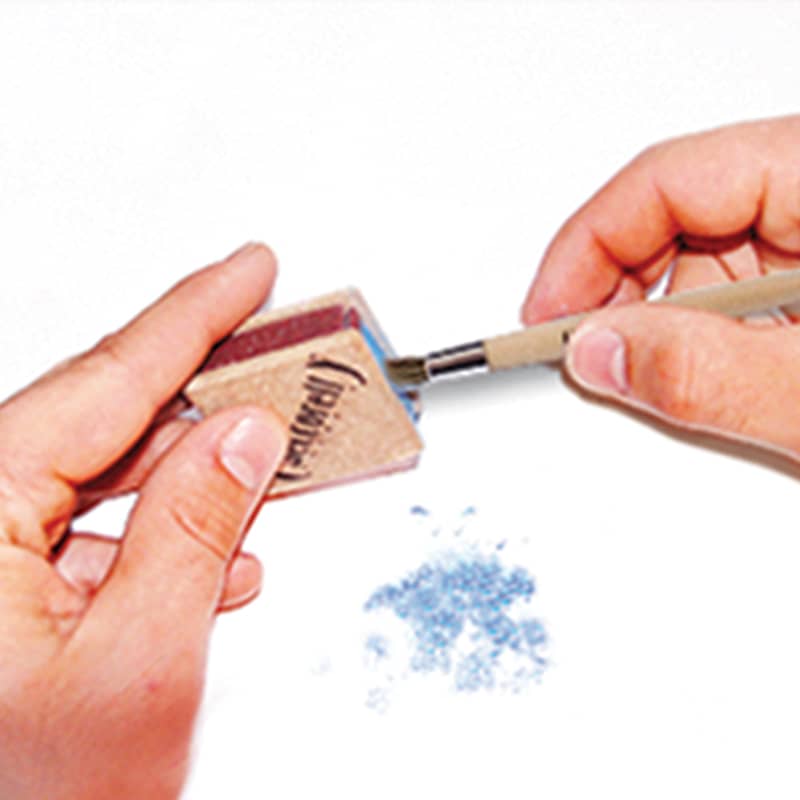
Tool cleaning
is simple: the rubbing block is cleaned with the brush after each color abrasion anyway, the fingers with soap and water or moist cosmetic tissues (drugstore).
TIP: It is advisable to place a paper backing (e.g. newspaper) on the work surface before starting work.
